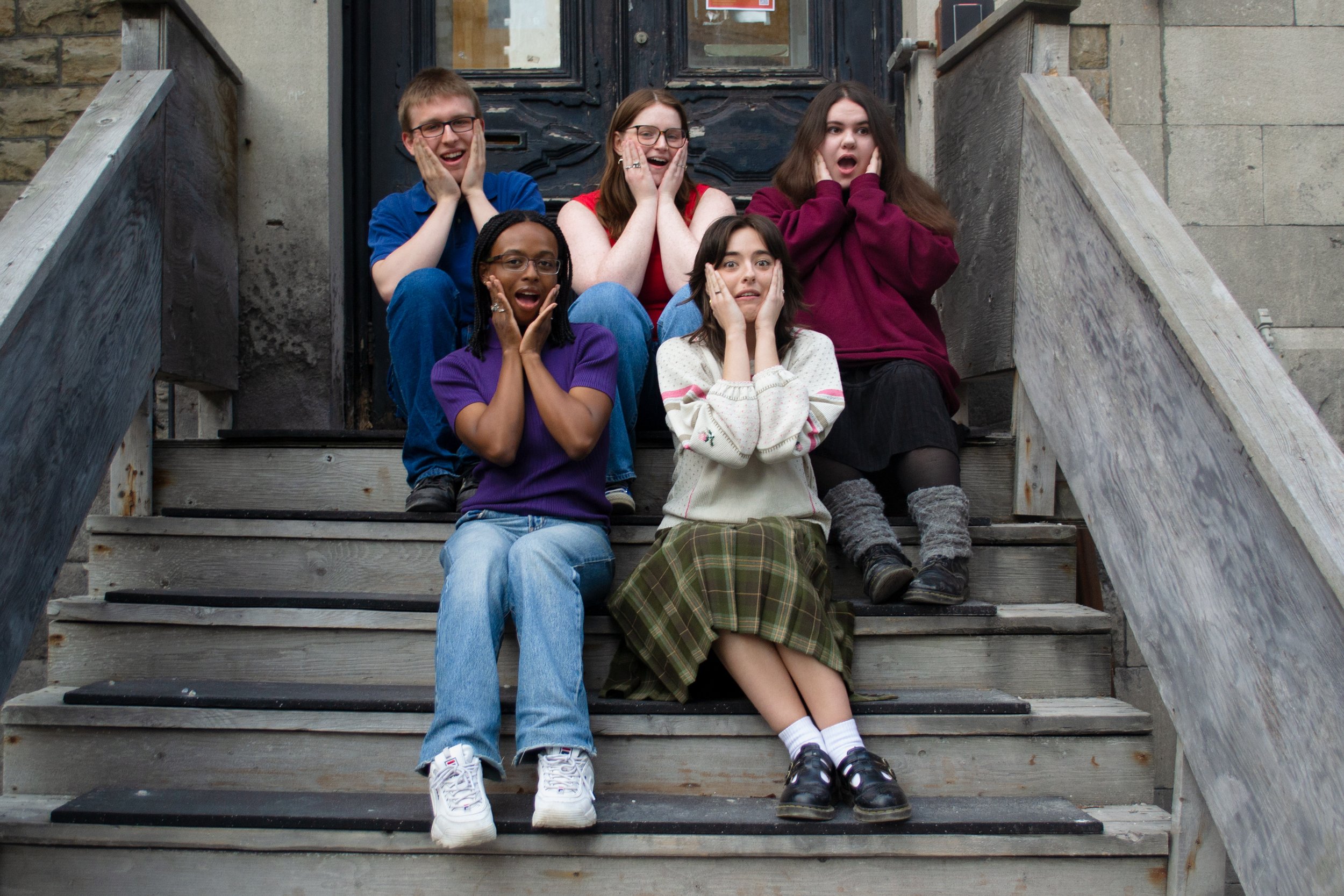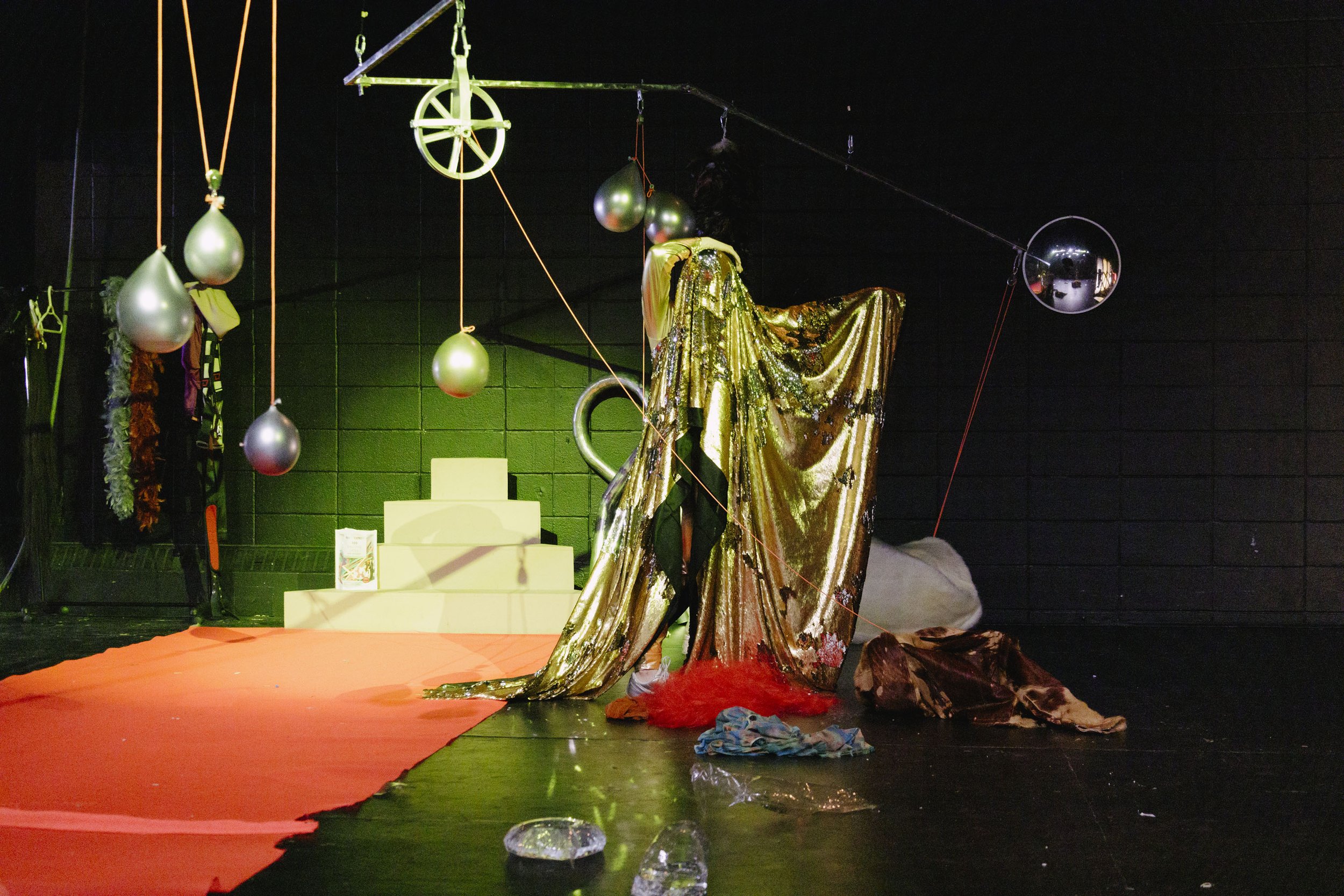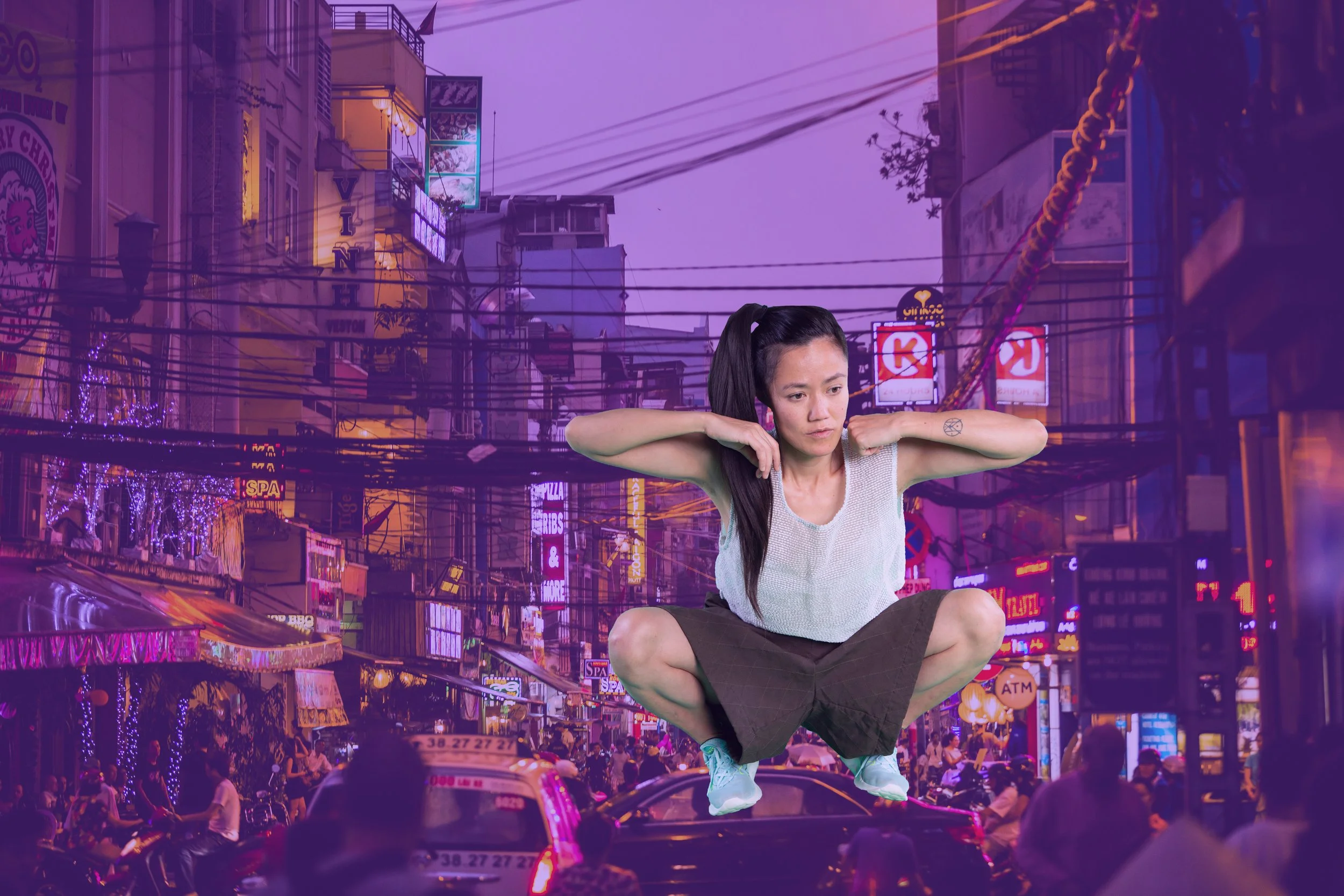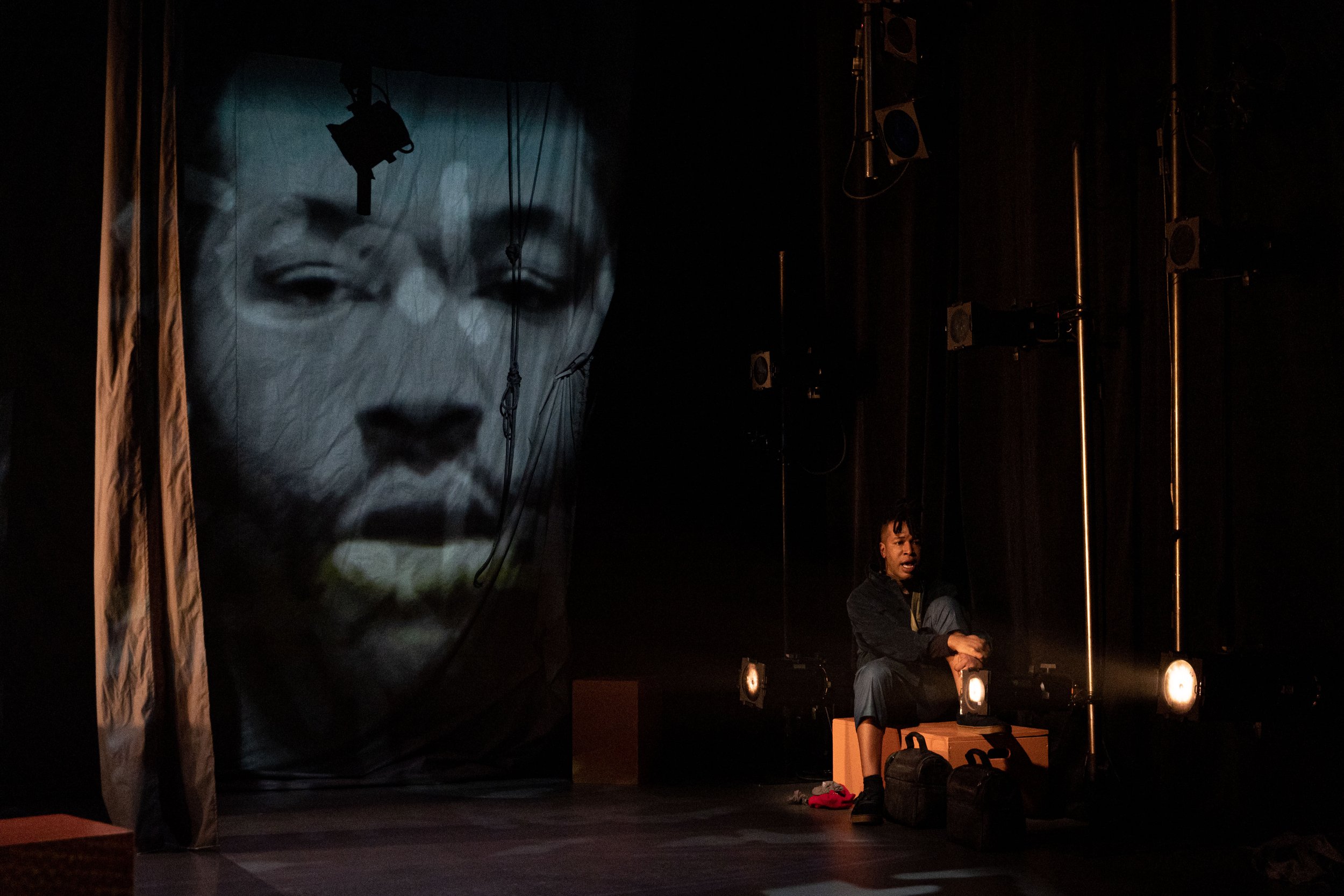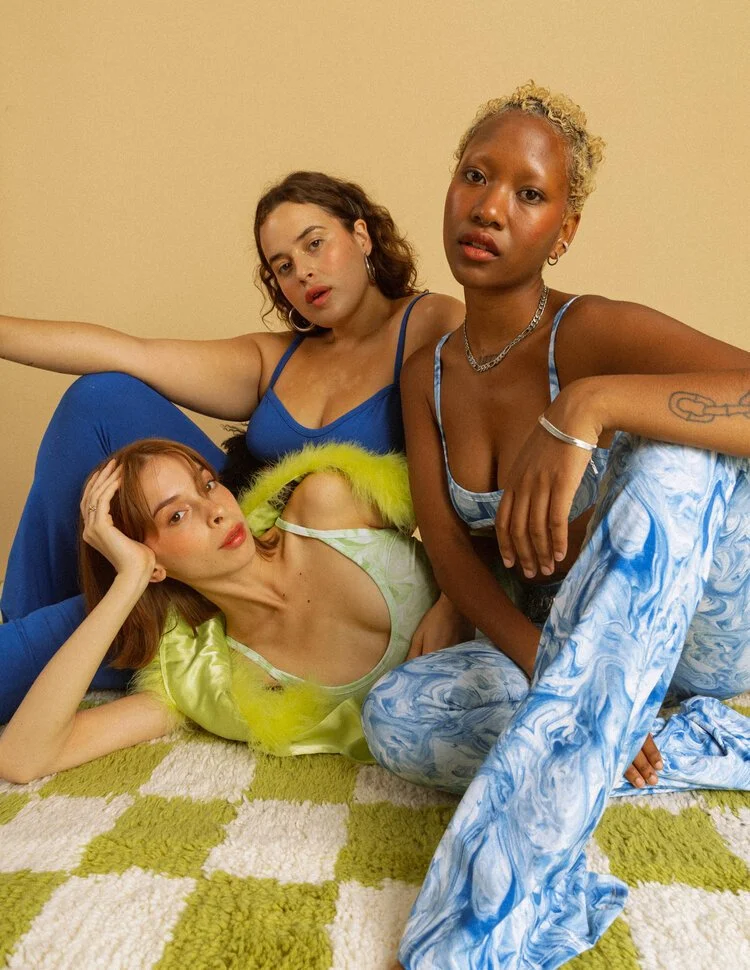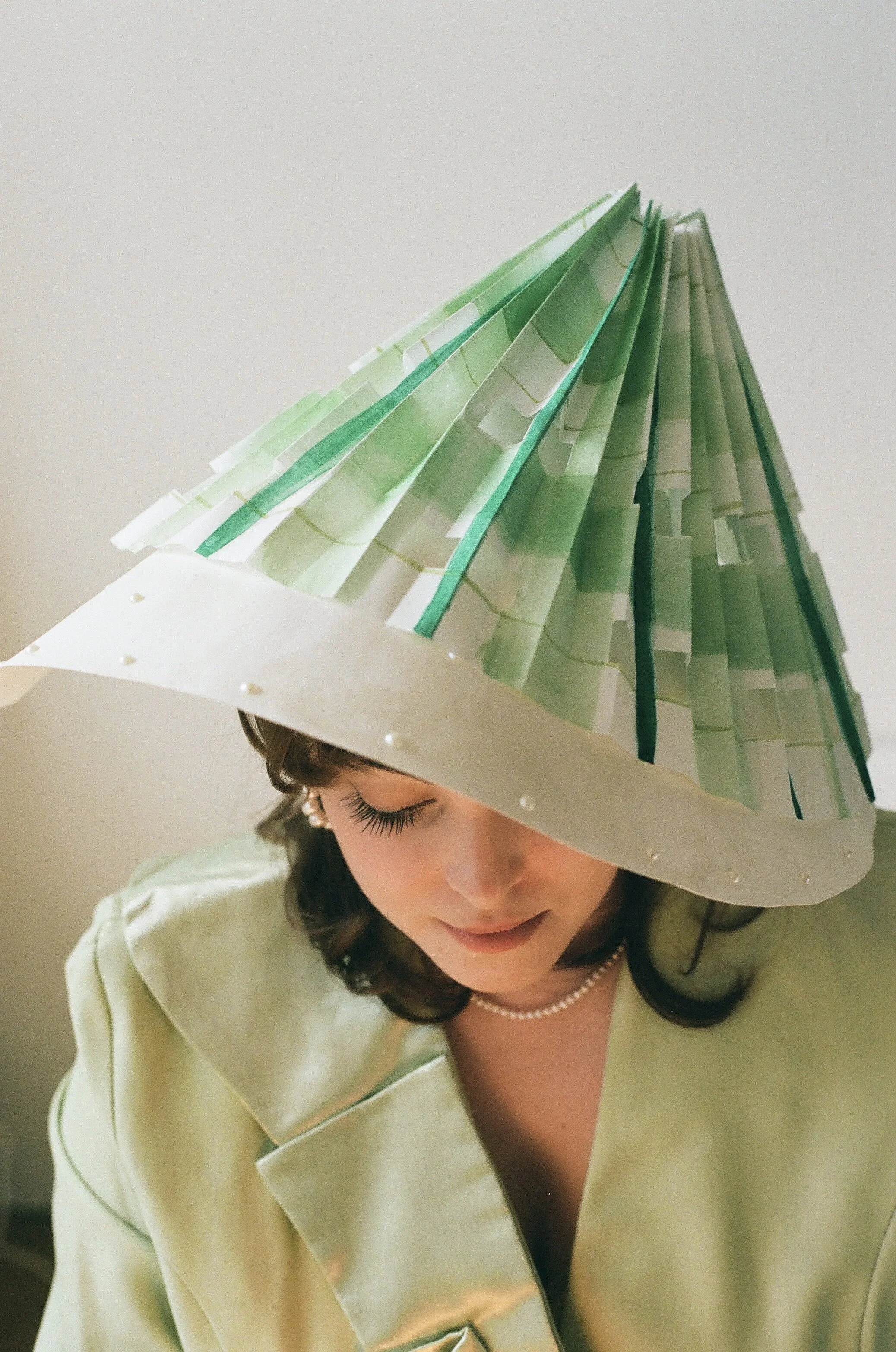Miles Away Perfectly Captures Our Lustful, Summer Nostalgia
Still from Miles Away. Photos provided by the filmmakers
Nostalgia, heartbreak, toxicity, growing up, losing yourself… “Miles Away” portrays the deep nuances and contradictions of existence, the difficulty of navigating love when you lose yourself too deeply in its web, and when the last rays of the summer sun hit you with a wave of regret. Miles Away was the summer anti-love story we all needed.
I met with the film’s executive producer and production designer, Naomi Berezowsky, on a hot and humid Tuesday afternoon in Montreal. We sat down on the window ledge of her wood-paneled industrial loft she shared with other creatives throughout the pandemic, a space of art and collectivity. The late afternoon sun gave the room a warm summer atmosphere as we talked about Miles Away and her involvement with the film.
Still from Miles Away. Photos provided by the filmmakers
Losing Yourself and Finding Your Way Back with Miles Away
“At its core, the film is an anti-love story, set between the worlds of jazz and skateboarding. It serves as a time capsule for pre-pandemic 20-somethings evading the responsibilities of adulthood for the dream of an endless party, with no consequence.”
The story-less story follows Miles and Lulu as their worlds melt together when they fall in love, and the disintegration of that world. From drugs to skateboarding to making art in morning sun after a night of sex, the film touches upon the most intimate, seemingly insignificant moments of life which are what make us all too human. It is like a bird’s-eye view into those situations where we find ourselves feeling powerful, and yet are at our most vulnerable.
Shot in black and white, the nostalgia of the film is not just captured by the complex relationships, dialogues, and interactions between the characters, but by the beautiful Vancouver locations chosen by the team. From rollercoasters and urban parks to make-shift jazz clubs, the shooting was truly what Berezowsky calls “a love letter to Vancouver.”
The film does not follow the classic “lead in - climax - lead out” structure most Hollywood films do. The film is more nuanced than that, embodying the sense of fluidity and lust in the very way it was shot. It brings you closer to the raw experience of life – that hard-hitting reality that your actions will always affect others, no matter how much you try to escape it.
Watching the film, you are confronted with the most simple yet beautiful exposition of a human paradox: how freeing it feels to lose control, yet how destructive it can become when you strive to take control of the uncontrollable. I recommend Miles Away for anyone who has felt that inescapable, existential emptiness that hits when endless summer nights are just a bit too long.
Berezowsky sums it up best when she said, “it’s about when you lose yourself in a substance, you lose yourself in a relationship, you lose yourself in a lust for something... That lust for the endless party.” The cycle of neglecting external issues in youth and learning to take responsibility for oneself in adulthood – Miles Away forces us close to what we seek to push away and hide the most.
Still from Miles Away. Photos provided by the filmmakers
The Making of Miles Away
“As soon as we started filming, we threw away the script.”
With a low budget of $25,000, Miles Away was shot over 12 days throughout the summer of 2019 after two years of development and prep. The crew committed to a summer schedule of four days a week, divided between filming and additional prep. Miles Away was shot all around the Vancouver area, with a couple of shots taken in Sydney, Australia. Berezowsky describes it as her “saving grace” from the other work she was doing for Hallmark holiday shows.
The film went a little – well, actually, completely – off script. With guidance from the director, who also plays the protagonist Miles, the actors “knew where the scene needed to go, [and] where it needed to end up for the story to be told.” Perhaps this is what gave the film its edge and relatability, what Berezowsky describes as its “organic” quality.
“What’s so interesting about it is that it exists in a semi-crafted reality,” explained Berezowsky. “It sits between truth and fiction, which is just really rare….it’s hard to [compare it] to anything else.”
Not only did the actors’ instincts guide the film to its result, but the team itself was fluid in its roles. “We all wore a lot of hats because we were such a skeleton crew,” explains Berezowsky, emphasizing the fact that the film was pulled with only about ten people on the production team and thirty on cast. “There were moments when we all had to act as the assistant director,” she continues, especially in moments where the director was in character.
Blurring the lines between fact and fiction may be best illustrated when Berezowky gave a description of her impromptu and unexpected acting role in the film. It happened during the night when one of the most emotionally intense scenes was shot. “It was pushing midnight,” explains Berezowsky, “and everybody was kind of restless.
“I’m a musician and I’m a poet, and to fill this space where everyone was getting a bit restless, I went on the microphone and started reciting any of my slam poetry that I could think of on the spot... Then I sang this song that I actually wrote, [so] my own song is at the very end of the film which is pretty sweet.”
This kind of situation was not uncommon for the production of Miles Away. As she describes it, “I was the production designer and I ended up being in the film substantially… and that was unexpected but that’s just a testament to how organic [everything was] and how everything just unfolded really naturally.
“It was the team’s first time working together, and the first time creating a film for several of them. Receiving proper funding and support has been a difficult part of the process: a lot of people kind of wrote us off and were like ‘these are a bunch of kids with a video camera, good luck,’ and we’re still getting that today.
“[It’s] just about the power of the collective... we push each other, we inspire each other, we champion each other, and that’s why we’re still doing this.”
Behind-the-scenes of Miles Away. Photos provided by the filmmakers
Communicating the Language of the Film: Berezovsky's Story
“Sometimes it’s difficult to ask questions, sometimes it’s difficult to be like… ‘I don’t understand this form of trauma, I don’t understand this form of mental illness.’ But if given the chance to see it played out for you on film, you’re able to experience it vicariously through the character.”
This kind of experience is what Berezovsky, on the set of Miles Away, helped to bring. “The production designer is responsible for the decorating, they’re responsible for the props, they’re responsible for any art that you see,” she explains. When production design is done well, explains Berezowsky, it is that “ ...you are learning about the character through it.”
Berezowsky began her career in film at twenty-four when she moved to Vancouver from her home state of Washington to study film. She began working on holiday shows, which helped her realize what she didn’t want to do with films: tell laughable and depthless stories “which served no purpose.”
As production designer, her role was to create “the visual language of the film” – the unspoken associations we create in our minds when we look at the environment of a scene. A hole in the wall may communicate anger, empty beer and wine bottles could communicate loneliness.“When you are creating the visual language of a film, it’s about the subtext… When you’re reading the script, and you’re reading the dialogue, and you’re reading these actions, there’s always a subtext to these actions.”
Filmmaking, what she believes to be “the most powerful medium,” can give people “the chance to see the world through other people’s eyes.” After pausing and thinking, she continues to say that what film provides is the opportunity for people to “be confronted with… a human experience that they wouldn’t necessarily understand – or be able to – and definitely not be able to identify with themselves.”
Aside from her busy filmmaking life, Berezowsky is also part of a band SRFISNOYS, whose upcoming demo you can soon stream on their Soundcloud.
Naomi Berezovsky, the executive producer and production designer of Miles Away. Photo credits to
Miles Away
by Size 8 Studio
written and directed by Samuel Campbell Wilson
produced by Alexandra Francis and Eric Medcalf
Instagram | Support the film on Indie GoGo
Soline Van de Moortele is a Philosophy student at Concordia/insatiable feminist, raver, and writer.






